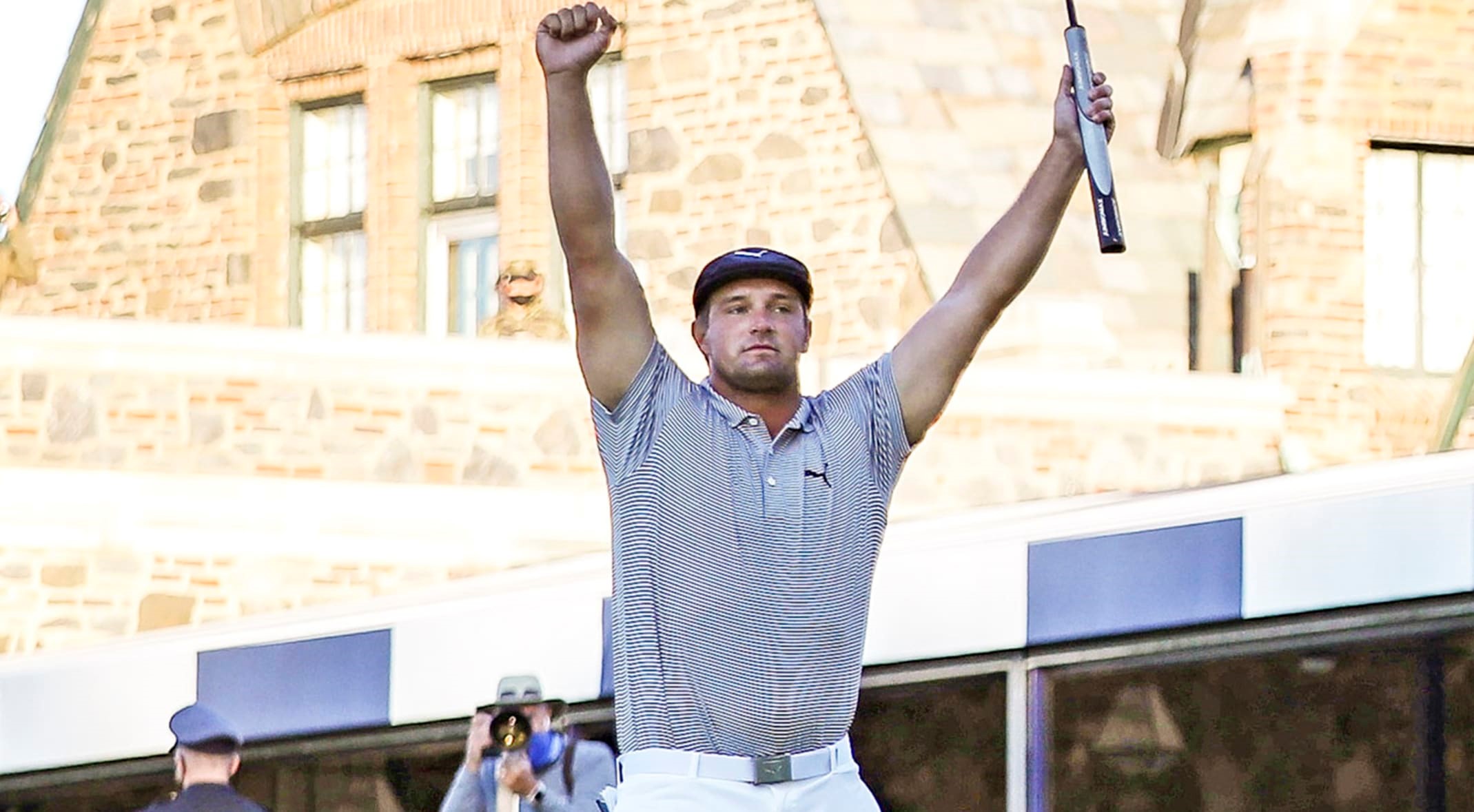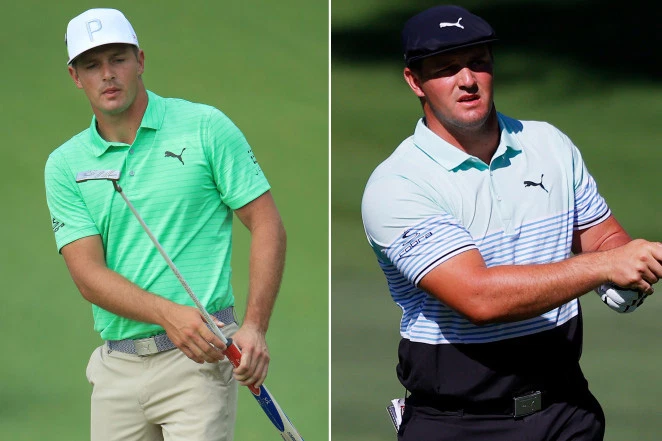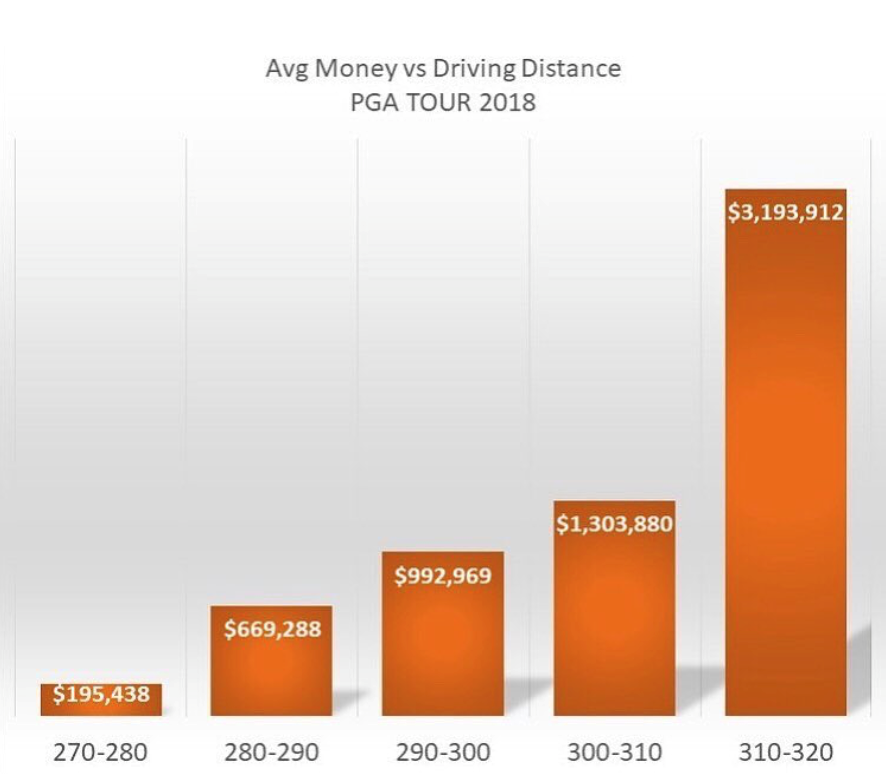Bryson DeChambeau and the Changing Face of Golf

What do Bryson DeChambeau, Collin Morikawa and Brooks Koepka - winners of six of the last 12 golf Majors – all have in common? Pure, unadulterated power.
If the trend of strength and conditioning began with Tiger Woods 20 years ago, DeChambeau, with his recent victory in the US Open Championship at Winged Foot, has taken it to a whole new level.
An SMU physics major known as “The Scientist” by his golfing peers, DeChambeau surmised that he needed to increase his muscle mass to hit the ball with more force and speed, and duly threw himself into an extreme weightlifting routine during lockdown that added 18 kilograms to his physique. The Californian is now 36 kilograms heavier than former world no.1 Rory McIlroy, who told GOLF.com: “It’s impressive. He’s big, he’s got a conviction, and he’s following it.”
Bryson wasn’t the first
DeChambeau, who failed to catch on earlier in his career after having all the shafts on his irons cut to the same length, proved the doubters wrong at Wing Foot a month ago. Claiming his first Major, the 27-year old romped home by six shots. No surprise, given that he is currently the longest hitter on the PGA tour at 344.4 yards on average. Speaking to GOLF.com as early as March 2019, Bryson warned of what was to come, saying: “I want to try and go where nobody’s gone before.”
He may well have achieved that with his remarkable physical transformation, but he certainly wasn’t the first to tame US golf courses with raw power. The likes of four-time Major winner Koepka, Tony Finau, Dustin Johnson and even young US PGA winner Morikawa can attest to that. Similar to the way Woods’ peers were asked more about him than they were of themselves, the same applies to DeChambeau. Major winner Justin Thomas recently spoke to CNN on the subject, saying: “I didn’t necessarily agree with what he was doing. But he’s proven it by winning a Major.”

Club Speed = Power
When interviewed by the Vegas Post earlier this year, DeChambeau declared: “My ultimate goal is to get as strong as I can, applying some force and speed to the swing.” ‘Speed’ being the key word, and the reason why he hired instructor Chris Como, best known for his work with Woods.
Over three months during the lockdown, Bryson joined Como in his “living room lab” in Dallas, outfitted with every kind of body-tracking device. They introduced the low-risk variables needed in his swing to add speed: Como changed the direction of his swing to more in-and-out, widened his stance and lengthened his action using 3D technology.
The results have seen him become the longest hitter on tour and, as Golf Channel analyst Brandel Chamblee told the New York Post: “If you look at his swing from 2017 to 2020, by the time he is at impact in 2020 he’s not yet completed his backswing in 2017.”
In February of this year, the R&A and USGA governing bodies revealed their findings from the Distance Insights Report and warned that, “this continuing cycle of increases is undesirable and detrimental to golf’s long-term future.”

The report acknowledged that the average driving distance from both main tours had increased at a rate of just one yard per year since 2013. However, the debate continues whether the courses should be longer or the golf ball and equipment altered.
Nine-time Major winner Gary Player told Sky Sports recently: “What perturbs me is the golf manufacturers, particularly the golf balls, they’re reluctant to change… the only defence courses have now is to cut the ball back by at least 50 yards.” Even Woods, when speaking to reporters before the ZOZO Championship last month, said: “You are not going to stop the guys who are there right now… Distance has always been an advantage.”
With the R&A currently focused on dialling in technology, golf’s newest bomber DeChambeau challenged their aspersions when speaking to reporters after his US Open victory: “No matter what the governing bodies do, there’s always going to be people in this game trying to push the limits of their own bodies.”
What next for Golf and DeChambeau?
Sport depends on players breaking boundaries and as Como said recently of DeChambeau’s ceiling: “We intend to keep pushing.”
The question therefore is, where’s the limit? The governing bodies can regulate equipment but not the body and how fast someone swings the club. As human kinetics professor Sasho MacKenzie told GOLF.com: “Bryson is the perfect spark for igniting a firestorm of players unleashing their potential off the tee.”
Golf’s Major bandwagon now moves on to iconic Augusta and the rescheduled US Masters. For the traditionalists, the Open and the Masters still maintain the core values of golf, which include using a broad range of skills and making risk/reward judgements during a round.
However, if Bryson was to make Augusta look obsolete next month, will he inspire a new generation to look more like NFL linebackers and mimic his weightlifting regimes? Either way, even if the governing bodies roll back the ball, Bryson will still be hitting it further than anyone else.